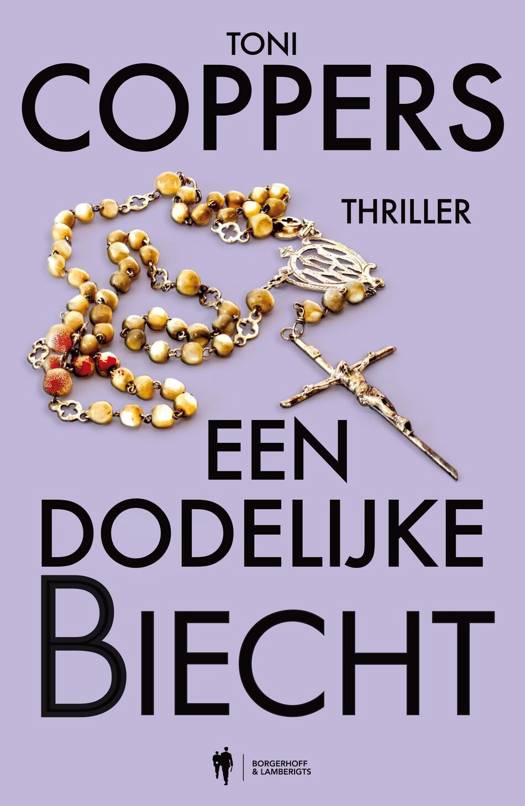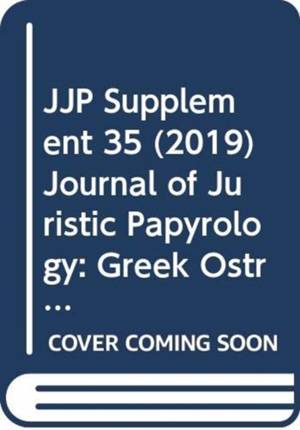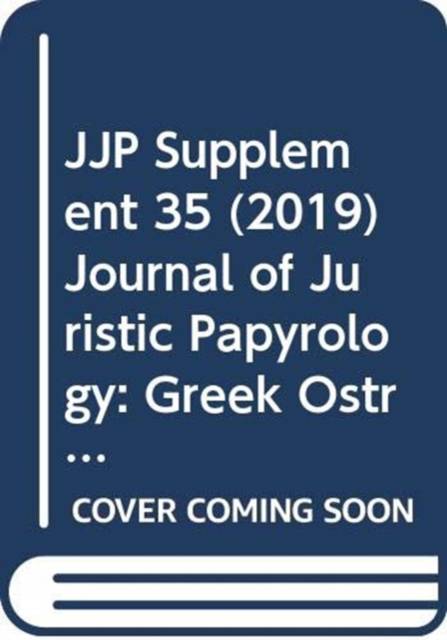
- Afhalen na 1 uur in een winkel met voorraad
- Gratis thuislevering in België vanaf € 30
- Ruim aanbod met 7 miljoen producten
- Afhalen na 1 uur in een winkel met voorraad
- Gratis thuislevering in België vanaf € 30
- Ruim aanbod met 7 miljoen producten
Zoeken
€ 81,95
+ 163 punten
Omschrijving
In 2011, Polish archaeological team excavating the site conventionally called 'Marea' (for the name, see below) discovered over a hundred inscribed pottery sherds. The circumstances of the discovery, which we shall discuss further on, were exceptional, and the discovery itself came as great surprise. The find turned out to be a collection of documentary texts written on ostraca; the present book offers an edition of ninety-nine documents from this lot, some of which have been assembled from smaller fragments. The present publication relies to a great extent on the results of archaeological investigation, but may (and should) in its turn prove useful to future excavators. The works documented in our ostraca were carried out on various objects; some, but not all of them can be identified in archaeological material. The objects from the ostraca which we are able to locate on the plan of 'Marea' are, e.g. the winter baths and the 'holy place'--hagios topos --which is a funerary chapel not far from the baths; both objects were excavated by archaeologists about ten years ago. The documents, however, speak also of a hospital and a military camp, challenging the archaeologist to discover them.
Specificaties
Betrokkenen
- Auteur(s):
- Uitgeverij:
Inhoud
- Aantal bladzijden:
- 300
- Taal:
- Engels
- Reeks:
- Reeksnummer:
- nr. 35
Eigenschappen
- Productcode (EAN):
- 9788394684853
- Verschijningsdatum:
- 31/12/2019
- Uitvoering:
- Hardcover
- Formaat:
- Genaaid
- Afmetingen:
- 152 mm x 279 mm

Alleen bij Standaard Boekhandel
+ 163 punten op je klantenkaart van Standaard Boekhandel
Beoordelingen
We publiceren alleen reviews die voldoen aan de voorwaarden voor reviews. Bekijk onze voorwaarden voor reviews.











